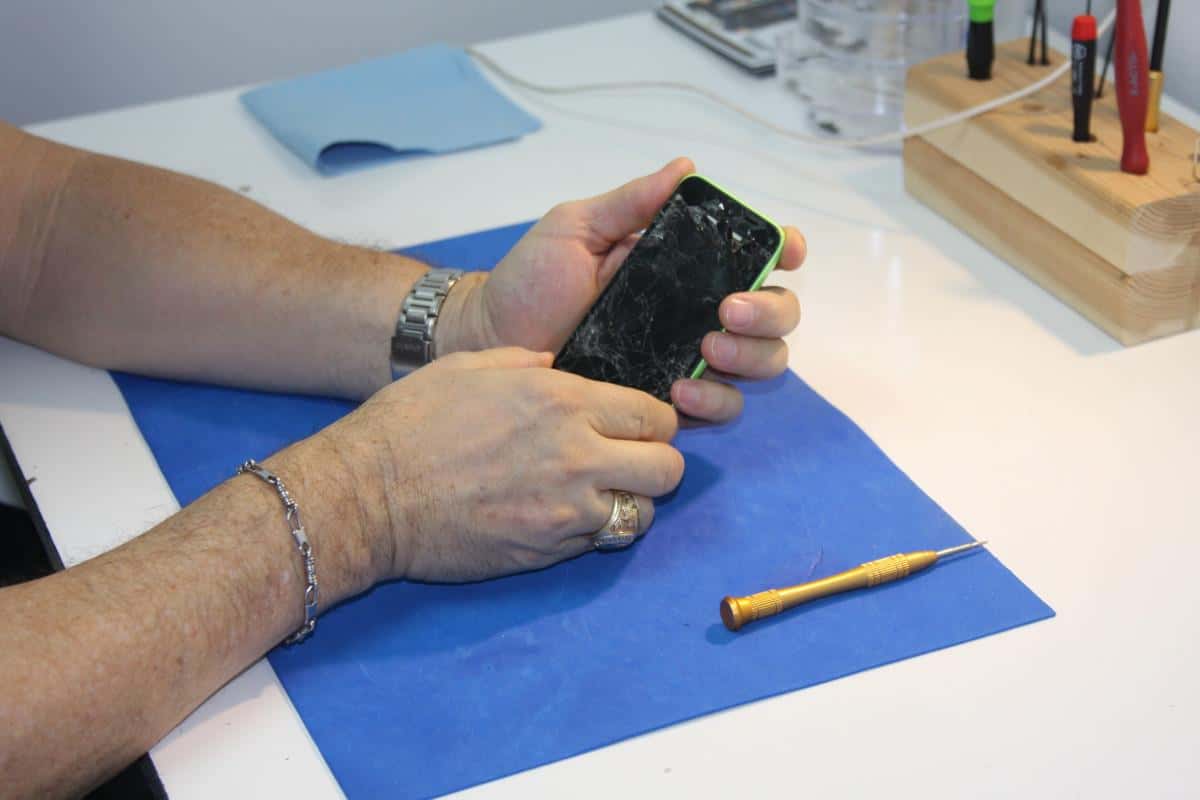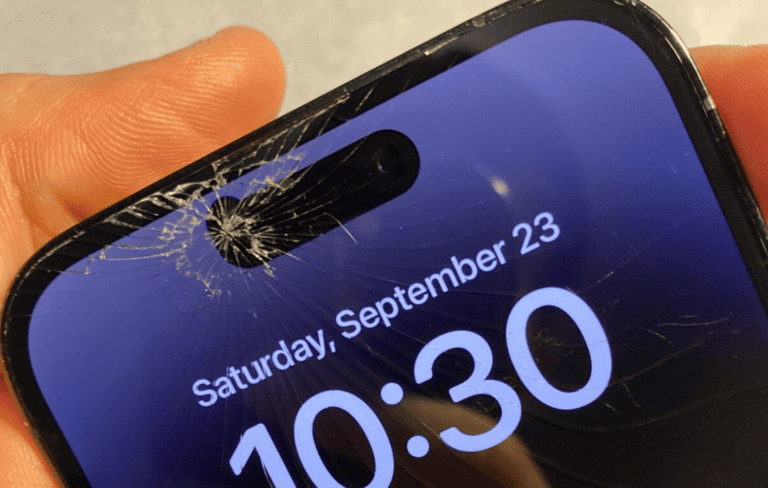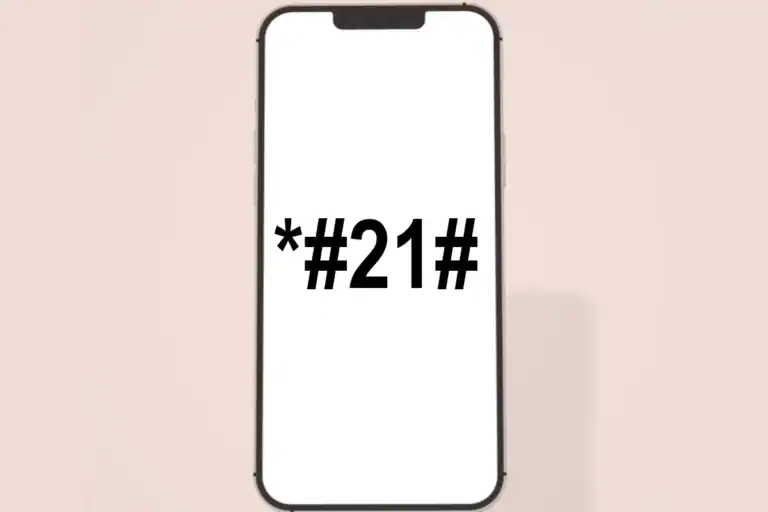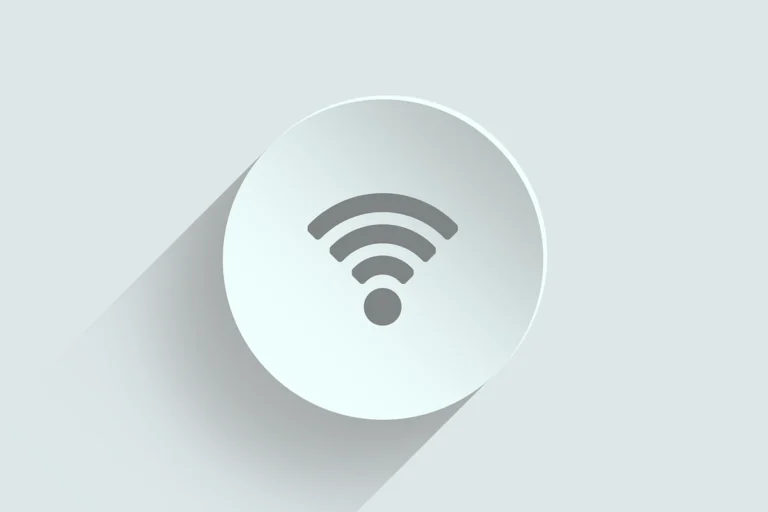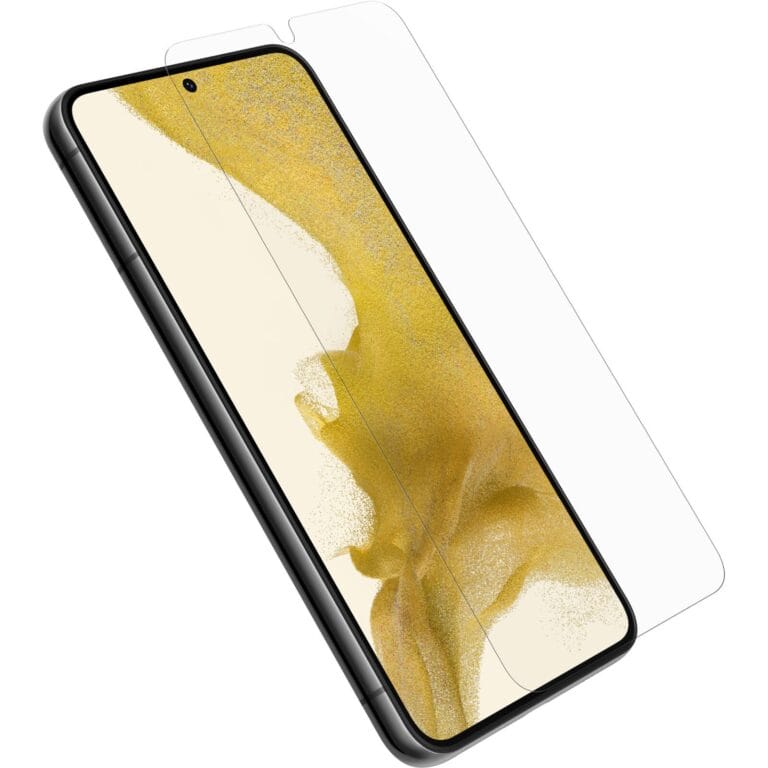Properly maintaining and repairing your cell phone can significantly extend its lifespan, save you money, and keep it functioning smoothly. Whether you prefer to perform simple fixes on your own or want to know how to prepare your device for professional repairs, this guide offers essential tips and best practices.
Taking care of your cell phone is similar to maintaining a reliable car. Just as regular tune-ups can prevent larger issues in a car, understanding the basics of cell phone maintenance and repair can save you time and money in the long run.
This guide aims to provide insight into cell phone care for those who are interested.
Cell Phone Repairs and Maintenance Guide
1. Common Cell Phone Issues
- Cracked or broken screen
- Battery problems (draining fast, not charging)
- Water damage
- Software glitches and freezes
- Charging port issues
- Camera or speaker malfunctions
2. Essential Tools for DIY Repairs
- Precision screwdrivers
- Plastic pry tools and spudgers
- Tweezers
- Suction cups for screen removal
- Replacement parts (screens, batteries, etc.)
- Anti-static wrist strap (to prevent damage)
3. Basic Maintenance Tips
- Use a protective case and screen protector to avoid physical damage.
- Keep your phone clean by wiping it regularly with a microfiber cloth.
- Avoid extreme temperatures to protect battery health.
- Manage battery usage: Avoid letting the battery drain completely and avoid overcharging.
- Update software regularly to fix bugs and improve performance.
- Backup your data regularly to prevent loss during repairs or failures.
4. How to Troubleshoot Common Problems
- Screen unresponsive: Restart the phone or perform a soft reset.
- Battery drains quickly: Check for apps running in the background, reduce screen brightness, and disable unnecessary features.
- Phone won’t charge: Clean the charging port gently; try a different cable and charger.
- Slow performance: Clear cache, uninstall unused apps, or perform a factory reset as a last resort.
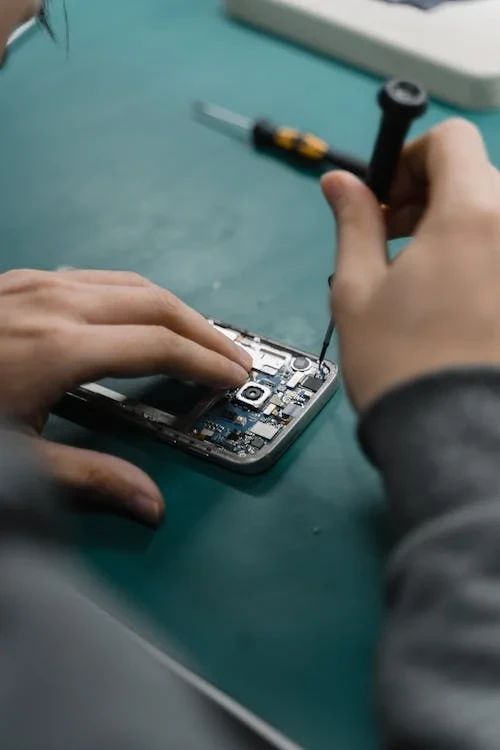
5. Preparing Your Phone for Repair
Before handing your phone to a technician:
- Backup all data to cloud or external storage.
- Remove SIM card and memory cards.
- Disable security locks (passwords, fingerprints) if requested.
- Note down any important information about the issue.
- Clean your phone to help the technician inspect it properly.
6. DIY Repair Dos and Don’ts
Dos:
- Research thoroughly before attempting any repair.
- Use the right tools to avoid damage.
- Work in a clean, well-lit environment.
- Follow step-by-step repair guides or videos.
- Take your time and be patient.
Don’ts:
- Don’t force parts open or use excessive force.
- Avoid cheap or low-quality replacement parts.
- Don’t attempt repairs beyond your skill level (e.g., motherboard issues).
- Don’t ignore safety precautions like static discharge.
7. When to Seek Professional Repair
- Complex hardware issues (motherboard, internal circuits)
- Water damage requiring specialized drying and cleaning
- Warranty-covered repairs (avoid voiding warranty by DIY)
- If you lack the tools or confidence to perform the repair safely
Maintaining your cell phone well and knowing how to handle minor repairs can significantly improve its longevity and performance.
Keep Your Phone in Tip-Top Shape
Even with careful use, cell phones can encounter issues over time. Whether it’s a cracked screen, a battery that refuses to hold a charge, or a software glitch, knowing how to handle repairs and maintain your phone is key to extending its lifespan.
Common Cell Phone Problems and Solutions
| Problem | Possible Solutions |
|---|---|
| Cracked Screen: | Replacement is often necessary. Seek professional repair if the damage is severe. |
| Battery Drain: | Close unused apps, lower screen brightness, limit background activity, consider battery replacement if the issue persists. |
| Slow Performance: | Clear cache, uninstall unused apps, restart the phone, factory reset (as a last resort). |
| Overheating: | Close demanding apps, avoid direct sunlight, let the phone cool down before using it again. |
| Water Damage: | Turn off the phone immediately, remove the SIM card and battery (if possible), dry it thoroughly (avoid heat sources), consider professional drying services. |
| Software Issues: | Restart the phone, update the operating system, factory reset (backup your data first). |
Preventive Maintenance Tips
- Use a Case and Screen Protector: Protect your phone from drops and scratches.
- Avoid Extreme Temperatures: Don’t leave your phone in direct sunlight or freezing temperatures.
- Clean Regularly: Wipe down your phone with a microfiber cloth to remove dust and fingerprints.
- Keep Software Updated: Install updates to fix bugs and improve security.
- Charge Properly: Avoid overcharging your phone, and use the charger that came with it or a reputable brand.
When to Seek Professional Repair
- Cracked Screen: If the damage is extensive or affects the functionality of the touchscreen, professional repair is recommended.
- Battery Replacement: If your phone’s battery life is significantly reduced, a professional can replace it.
- Water Damage: Even if your phone seems to work after drying, internal components could be corroded. Professional assessment is advisable.
- Complex Issues: If you can’t troubleshoot the problem yourself or are unsure about opening your phone, seek professional help to avoid further damage.
Fundamentals of Cell Phone Repairs
Repairing your phone requires knowing what problems can occur and what tools to use. Mastering some basics helps to maintain the device’s performance and extend its lifespan.
Identifying Common Cell Phone Issues
Problems with phones often show up as glitches or physical damage. A cracked screen or a dying battery are among the most common issues. If you notice your screen not responding, or if your phone took a dip and now won’t turn on, these are clear signs of trouble. For issues that are not obvious, like internal damage, a professional eye might be needed.
Required Tools and Equipment
For a DIY repair, start with basic tools like screwdrivers, a spudger, and tweezers. You will often need a heat gun to remove glued parts and an anti-static wrist strap to prevent damage to sensitive electronics. Most phone repair toolkits will include these alongside pry tools, a suction tool, and maybe a magnifying glass. For diagnosis, advanced tools like a multimeter or microscope can be valuable.
The Importance of Regular Maintenance
Keeping your phone in top shape is key. Regular maintenance like updating your settings, cleaning with isopropyl alcohol, or using a screen protector can prevent many problems. A case will keep it safe from drops and dings. Quality matters, so use good products especially for things like battery replacements. Remember that a little care can make your phone last much longer.
Advanced Repair Techniques and Best Practices
Advanced repair techniques require knowledge of the latest technology and best practices. Professionals with experience and strong reputations can provide invaluable service to users.
Professional Cell Phone Repair Services
A professional repair service like uBreakiFix offers expertise across various phone models including iPhones and Samsung devices. They use specialized tools and have access to service manuals that guide troubleshooting. The skill of technicians ensures that devices are handled correctly. Choosing a shop with a solid reputation, based on customer reviews and testimonials, is key.
Navigating Warranties and Insurance
Users should check warranty and insurance coverage before committing to repairs. Some warranties may be void if a repair shop outside of Apple or Samsung does the work. Insurance might cover accidents, but it depends on the policy. A clear understanding of these details can save time and money. Quick turnaround time for repair services can be a major plus.
Sourcing High-Quality Replacement Parts
For repairs like screen or battery replacements, high-quality parts matter. Using parts made for the specific phone model ensures a better fit and longer life for the repair. High-quality screens, batteries, and adhesive strips can make a difference in how the phone functions after the repair. Users are advised to inquire about the quality of replacement parts used by a repair shop.
DIY Cell Phone Repair: A Step‑by‑Step Guide
Repairing your own phone can save money and extend its lifespan. While not every issue can be fixed at home, many common problems—like a cracked screen, dead battery, or charging port issue—can be tackled with the right tools and patience.
1. ✅ Before You Start
- Back up your data – Always back up photos, contacts, and files in case something goes wrong.
- Power off your phone – Prevents short circuits.
- Work in a clean, static‑free space – Avoid dust and static electricity damage.
- Know your limits – Some repairs (like motherboard soldering) are best left to professionals.
2. 🛠 Essential Tools for Phone Repair
According to repair experts, beginners should have these basics (source: Mobile Cell Phone Repairing):
- Precision screwdriver set
- Plastic prying tools & spudgers
- Suction cup (for opening screens)
- Tweezers
- SIM ejector pin
- Heat gun or hair dryer (to loosen adhesive)
- Magnetic mat or tray (to keep screws organized)
- Replacement parts (OEM or high‑quality aftermarket)
3. 🔍 Common Phone Issues & Fixes
🔋 Battery Problems
- Symptoms: Phone shuts off early, drains quickly, or won’t charge.
- Fix:
- Power off phone.
- Heat edges slightly to loosen adhesive.
- Use suction cup + prying tool to open the back.
- Disconnect old battery carefully and replace with new one.
📱 Cracked Screen
- Symptoms: Visible cracks, touch not responding.
- Fix:
- Remove screws near charging port.
- Use suction cup and prying tool to lift screen.
- Disconnect display cables.
- Install replacement screen and reconnect.
🔌 Charging Port Issues
- Symptoms: Phone charges intermittently or not at all.
- Fix:
- First, clean port with a toothpick or soft brush.
- If still faulty, disassemble phone and replace charging port module.
🎧 Speaker or Microphone Failure
- Often due to dust or debris. Clean with a soft brush or compressed air. If still broken, replace the small component module.
4. ⚠️ Safety Tips
- Never use metal tools near the battery (risk of puncture/fire).
- Avoid overheating the device when using a heat gun.
- Keep track of screws—many are different sizes.
- Wear an anti‑static wrist strap if possible.
5. 📚 Where to Learn More
- iFixit Phone Repair Guides – Step‑by‑step repair manuals for most models.
- ThingLabs DIY Repair Tips – Beginner advice before starting.
- Electronics & You Step‑by‑Step Guide – Covers troubleshooting and fixes.
6. 🚫 When to Seek Professional Help
- Water damage (can corrode internal circuits).
- Motherboard or IC chip failures.
- Face ID, Touch ID, or biometric sensor issues.
- If your phone is under warranty (DIY may void it).
👉 With patience, the right tools, and reliable guides, you can fix many phone issues at home. Start with simple repairs (like battery or screen swaps) before moving on to advanced fixes.
Frequently Asked Questions
In this section, we’ll tackle some of the most common inquiries related to cell phone repairs and maintenance.
What qualifications are needed to become a professional in mobile phone repair?
Professional repair technicians usually have a mix of education and hands-on experience. They often start with courses in electronics or a related field and gain skills through practice and specialized training.
How can an individual ensure privacy and data protection during cell phone repair?
Before handing over a phone for repair, one should back up data and perform a factory reset. This removes personal information and keeps data secure.
What are the essential tools and equipment required for cell phone repairs?
Essential items for cell phone repairs include various screwdrivers, tweezers, spudgers, suction cups, and pry tools. Quality repair kits provide these basics.
What common issues can be resolved through DIY cell phone maintenance?
Many can address small problems like cleaning charging ports, managing apps for better battery life, and replacing protective screen films to prevent scratches.
How do I choose a reliable cell phone repair service?
Look for services with certified technicians, transparent pricing, and good customer reviews. A warranty on repairs also indicates reliability.
What are the steps involved in troubleshooting common smartphone problems?
Start by restarting the phone to clear minor issues. Update apps and the operating system next. For more persistent issues, consider resetting network settings or performing a factory reset.

